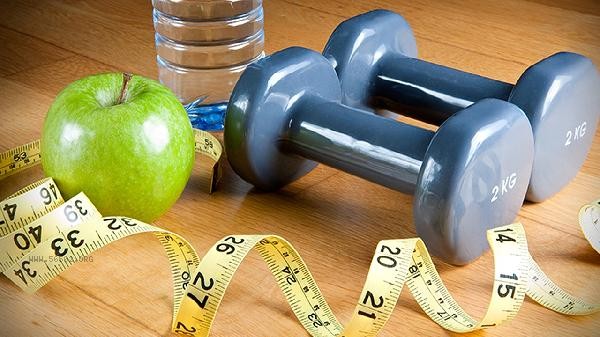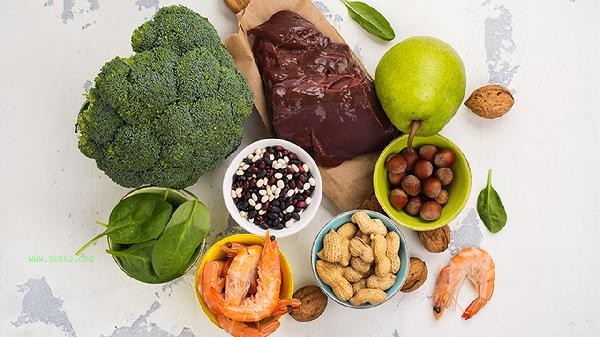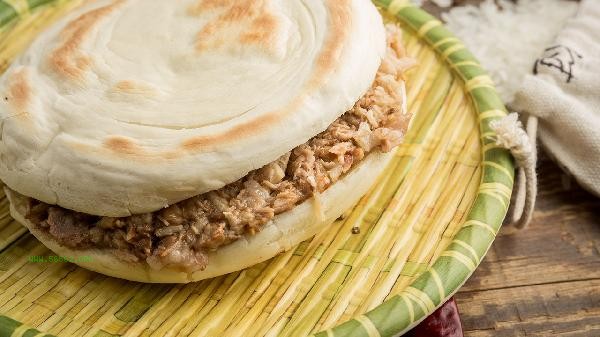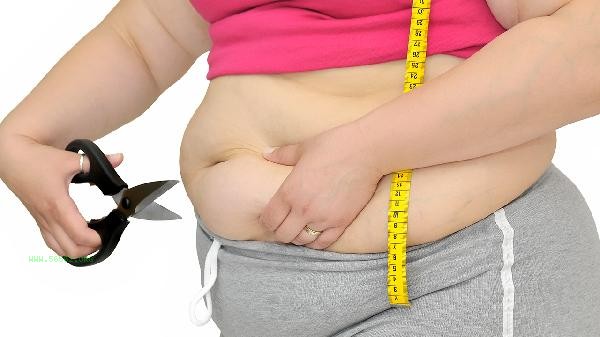People over 50 years old need to combine dietary adjustments, moderate exercise, and metabolic management to reduce belly fat, with a focus on controlling visceral fat accumulation. The main methods include controlling refined carbohydrates intake, increasing the proportion of high-quality protein, choosing low-intensity aerobic exercise, strengthening core muscle training, adjusting sleep and stress management.

1. Control refined carbohydrates
to reduce the intake of refined carbohydrates such as white rice and flour, and replace them with whole grains such as brown rice and oats. The insulin sensitivity of middle-aged and elderly people decreases, and excessive refined carbohydrates are easily converted into abdominal fat. The daily main food intake should be controlled at two to three portions the size of a fist to avoid drastic fluctuations in blood sugar after meals. Can be paired with vegetables rich in dietary fiber to slow down sugar absorption.
2. Increase high-quality protein
Consuming palm sized fish, shrimp, poultry, or soy products at each meal can help maintain muscle mass and enhance satiety. The middle-aged and elderly population has a faster rate of muscle loss, and sufficient protein can reduce the decrease in basal metabolic rate. Leucine in foods such as whey protein and eggs can stimulate muscle synthesis, but individuals with abnormal kidney function should follow medical advice to control the total amount of protein.
3. Low intensity aerobic exercise
Choose activities such as brisk walking, swimming, or cycling, five times a week for 30-45 minutes each time. At this age, joint weight-bearing capacity is weakened, and low impact exercise is safer and more effective. Maintaining a heart rate of around 60% of maximum heart rate during exercise can burn fat and avoid cardiovascular burden. It is recommended to do it one hour after meals to prioritize mobilizing abdominal fat for energy supply.

4. Core muscle group training
strengthens the transverse abdominal muscles through movements such as plank support and kneeling and rolling. Relaxation of the core muscle group in middle-aged and elderly people can exacerbate abdominal bulging, and 15 minute resistance training three times a week can improve posture. Pay attention to tightening the pelvic floor muscles during training to avoid holding your breath and causing high blood pressure. Osteoporosis patients should avoid excessive forward bending movements.
5. Adjust your daily rhythm
Ensure seven hours of deep sleep every day. Elevated cortisol levels can promote abdominal fat accumulation. Relieve stress and avoid emotional eating through meditation, deep breathing, and other methods. Dinner and sleep should be separated by more than three hours, and calorie intake should be reduced when the metabolic rate decreases at night. Quitting the habit of late night snacks can significantly reduce the probability of visceral fat deposition.

Middle aged and elderly people need to establish long-term health management awareness to avoid muscle loss caused by rapid weight loss. It is recommended to lose no more than 5% of body weight per month and regularly monitor waist circumference and visceral fat levels. Patients with chronic diseases such as hypertension and diabetes should consult their doctors to develop personalized programs, and if necessary, they can cooperate with metabolic surgery or drug treatment. Keeping dietary records and exercising regularly can help develop sustainable health habits, and paying attention to supplementing calcium and vitamin D to prevent osteoporosis.








Comments (0)
Leave a Comment
No comments yet
Be the first to share your thoughts!